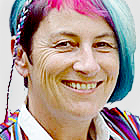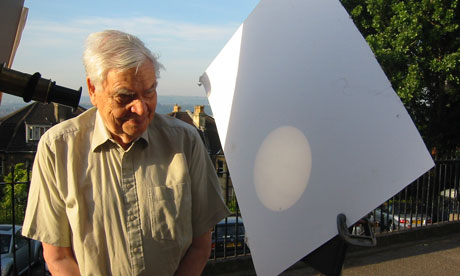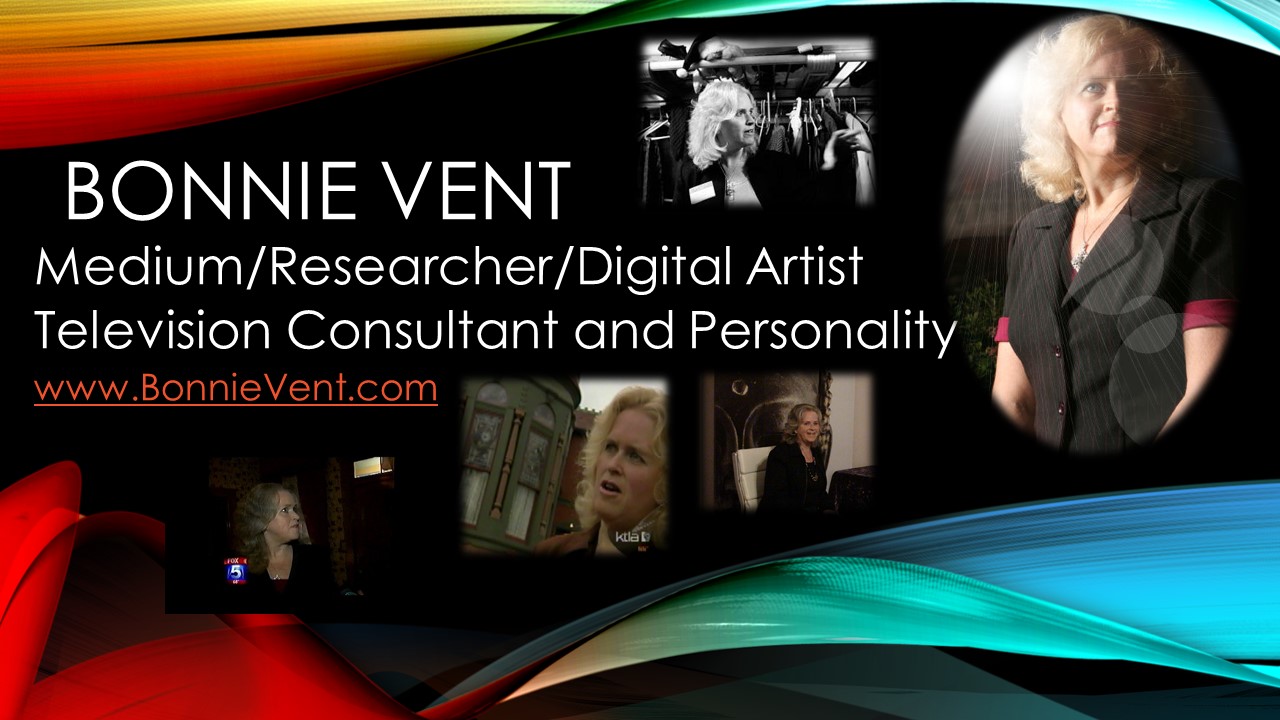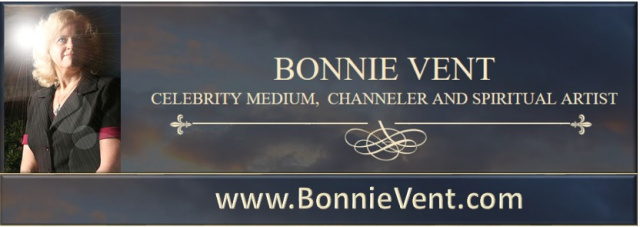
- guardian.co.uk, Sunday 30 May 2010 12.00 BST

Richard Gregory at the Exploratory centre in Bristol in 2004
Richard Gregory, who died last week aged 86, was one of those brilliant scientists who are driven more by delight and curiosity, than by the measurable outcomes that oppress us all today.
Like so many psychology undergraduates of the 1960s and 1970s, I first knew of him through his breakthrough 1966 book Eye and Brain (my copy cost 14 shillings and I later despaired of marking student's essays referring to "Iron Brain"). His argument was that we can learn how the brain's visual system works by looking at the mistakes it makes – from simple illusions such as the Muller-Lyer illusion to a rotating spiral that seems to expand forever without changing size (that's weird).
He could take the simplest thing (a page of closely spaced black-and-white lines for example), make a mystery out of it (why do they jiggle about on the page?), and go on experimenting to make new discoveries (the effects of redundancy, eye movements, errors of the movement system and more).
He came to Bristol in 1970 after moving from Cambridge, and worked there for the rest of his life – indeed right up until his death. At the bottom of the hill near the university, there's a little cafe, its grubby walls tiled with an odd pattern. The rest of us would walk past without a second glance but it was typical of Gregory to stop and ask why the design makes the tiles look the wrong shape.
This phenomenon is now known as the "cafe wall illusion", and although the cafe has been through many changes, that wall is still there. In our lab Gregory built a wooden replica with sliding "tiles" and "mortar" and so discovered how and why the colour of the mortar and the alignment of the tiles combines to create the illusion.
I say "our lab" and this is a bit of an exaggeration, but it was at the "Brain and Perception laboratory" in the medical school at Bristol University that I first worked with Gregory. This was purely serendipitous – and typical of Gregory's enthusiasm and generosity of spirit.
Back in 1978 I was finishing my PhD on parapsychology (ESP, Tarot cards, poltergeists and the like) and my then husband, Tom Troscianko, was looking for a job. He wrote to every vision department in every UK university (there were, I believe, only 58 universities altogether in those days and only a few studied vision). Everyone else said a more or less polite "no" but Gregory invited us along to meet him.
As Tom tells the story, Gregory took more interest in me than him. I don't think that's true, but I do remember a whirlwind tour of an early flight simulator made of plaster and bits of wood, a 3D drawing machine with metal arms and joints, and a spinning bowl of mercury which he was hoping to use as some kind of reflecting telescope (imagine that being allowed today).
"Isn't this fun?" Gregory would gasp as he went from one quirky and interesting question to another.
Tom became his research assistant but I had no job. My work on the paranormal certainly did not qualify me for any real job in a university. So Gregory made me an unpaid "visiting research fellow", let me share Tom's room, use the lab equipment there, and access the library. It didn't bother him that my work was beyond the scientific pale. I think he enjoyed my crazy hunt for elusive phenomena and my attempts to explain outrageous psychic claims. When I eventually concluded there were no paranormal phenomena I don't think he was surprised, but had I found something I think he'd have been the first to jump into the investigation.
Over the years he let us bring babies and then toddlers into the lab, even letting them use a huge cardboard box as a playpen while I worked (health and safety?).
If you want to know more about Gregory and his work there are lots of sites dealing with his scientific work, the Exploratory science centre which he founded, or describing his life and work. All this and more is to be celebrated on Sunday 30 May in Bristol and anyone is welcome. I'm sure Gregory would approve that its being called a FUNeral.
There will never be anyone quite as wacky, inventive, eclectic, brilliant, or engaging as Gregory, but I hope there will be many more scientists who have his playful curiosity, his delight in science – and whose enthusiasm can survive our current culture of targets, measurement, and obsession with usefulness.


